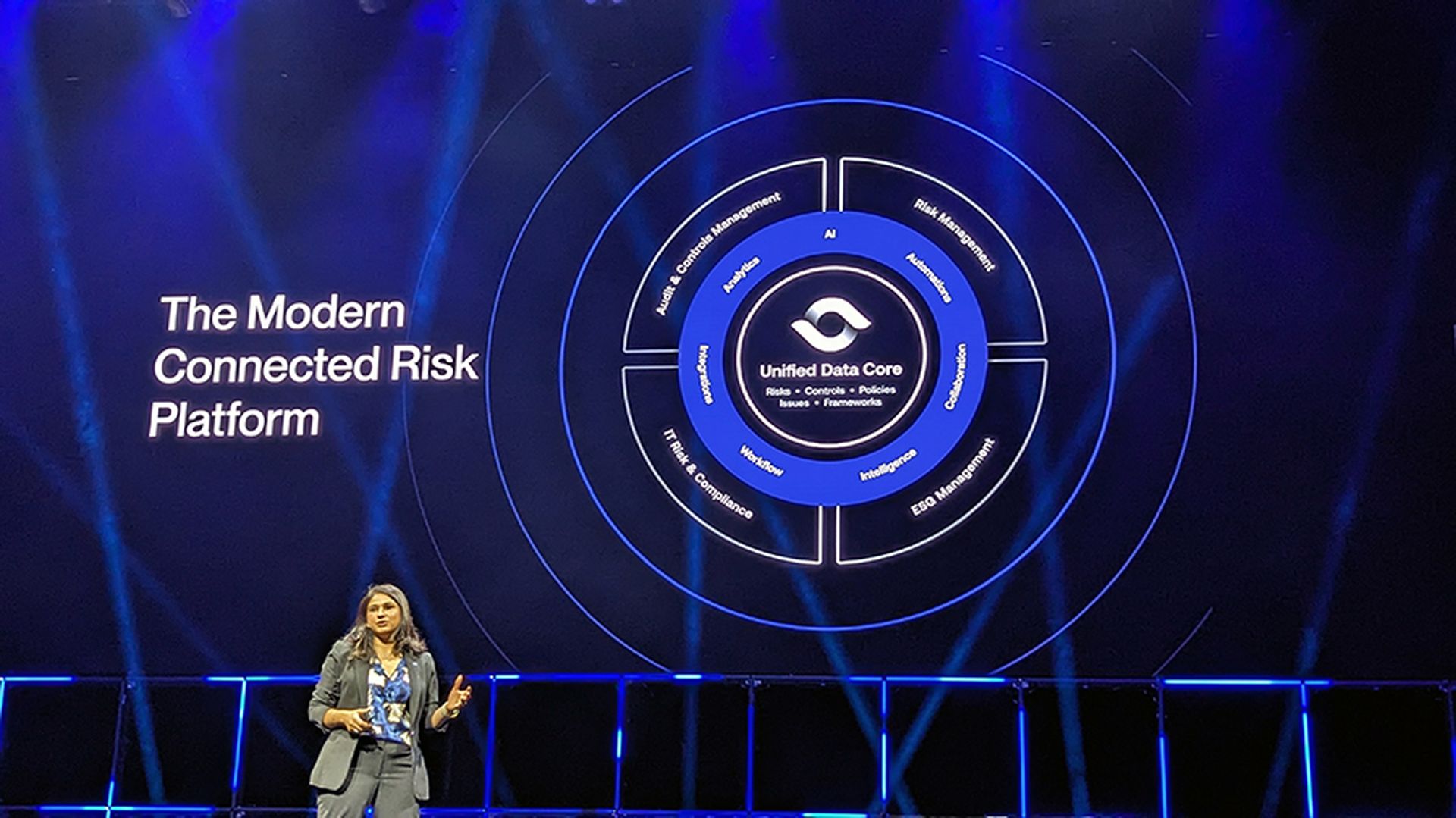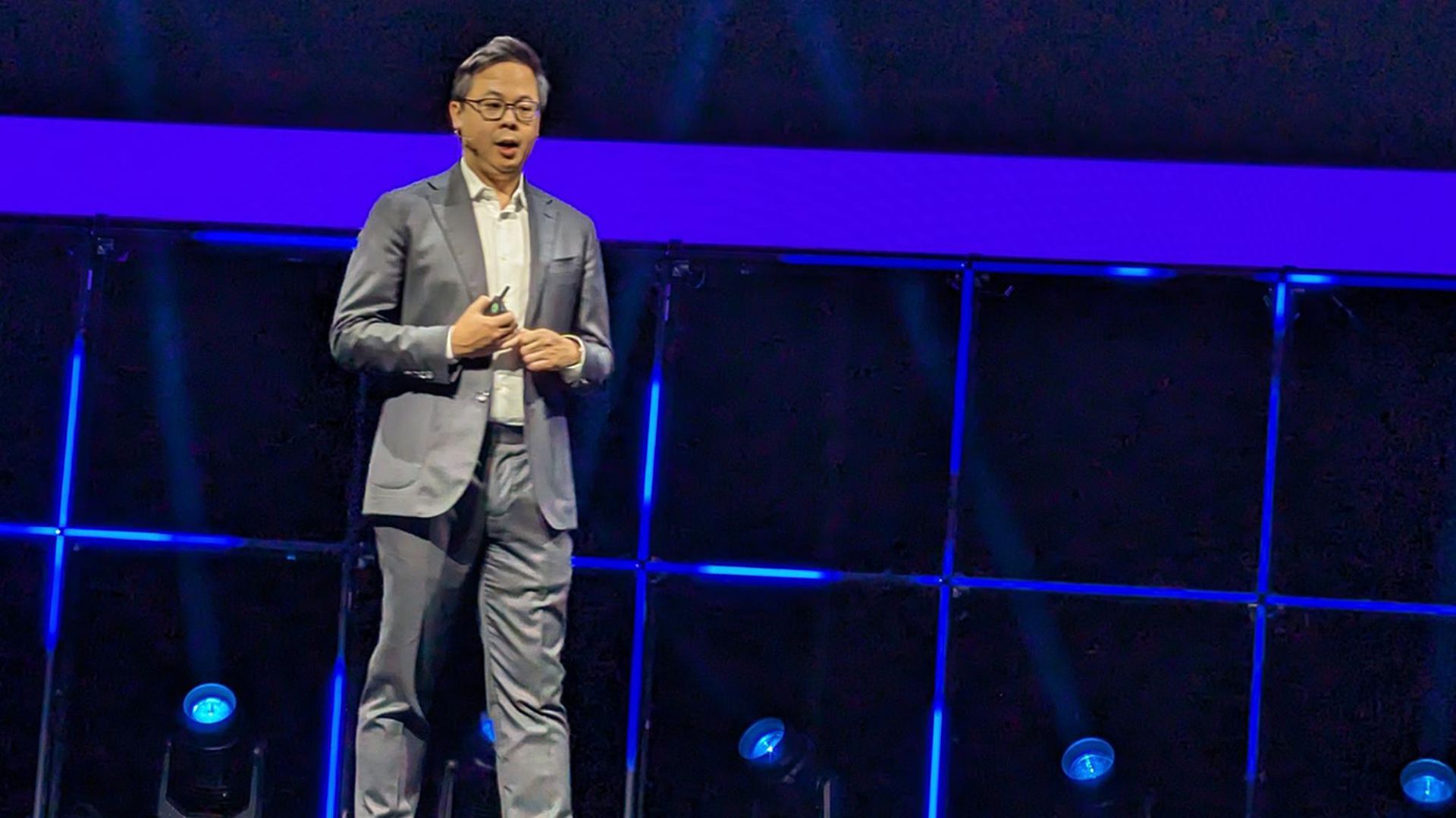Traditionally, compliance has been perceived as a box-checking exercise, with many organizations often viewing it as separate from security. The result has been a lack of synergy between these critical components and a suboptimal approach to risk management.
Today, the concept of converged continuous compliance offers a transformative way to bridge this gap and maximize the value of compliance efforts. Let's explore the limitations of traditional compliance and how converging risk, compliance, and security functions in real-time can enhance an organization's security posture.
The limitations of traditional compliance management
Compliance has always been treated as a periodic process, with organizations scrambling to meet regulatory requirements and pass audits. This reactive approach has the following drawbacks:
- Limited security value: As compliance efforts focus on meeting specific regulatory requirements, they often fail to holistically address the organization's security, leaving potential vulnerabilities unaddressed.
- Outdated information: Traditional compliance processes operate on a fixed schedule, often with annual or quarterly assessments. This results in outdated information that may not accurately reflect the organization's current risk exposure.
- Resource-intensive: The manual and time-consuming nature of traditional compliance efforts places a significant burden on organizations, diverting resources from more proactive security measures.
- Inefficient use of data: Traditional compliance processes often operate in isolation from other risk management functions, leading to siloed data and a lack of enterprisewide visibility into potential threats.
How real-time automated compliance can help
The way to unlock the true potential of compliance lies in converging risk, compliance, and security functions in real-time. By aligning these areas, organizations can achieve converged continuous compliance, which will let them operate on the same real-time scale as security operations. This approach offers several benefits:
- Improved risk visibility: Real-time compliance data lets organizations gain valuable, actionable insights into their current risk posture, allowing them to make informed decisions about mitigating vulnerabilities before attackers can exploit them.
- Reduced compliance latency: By minimizing or eliminating the delays inherent in traditional compliance processes, organizations can ensure that their compliance efforts are always aligned with the latest security threats and regulatory requirements.
- Enhanced collaboration: Converging risk, compliance, and security functions encourages cross-functional collaboration, breaking down silos and fostering a more holistic approach to risk management.
- Greater efficiency: Leveraging automation and real-time data lets organizations streamline their compliance efforts, reducing the burden on resources and allowing them to focus on proactive security measures.
The case for converged continuous compliance
For organizations to fully embrace converged continuous compliance, they must undergo a paradigm shift in their approach to risk, security, and compliance management. Recognizing the level of transformation required to achieve these goals, leaders should focus on the following four initiatives:
- Reimagining compliance as a strategic asset: Organizations should move beyond viewing compliance as a mere box-ticking exercise and recognize its potential to drive meaningful improvements in security posture.
- Invest in real-time compliance technology: Embracing automation and real-time data analytics can help organizations optimize their compliance efforts, reducing the need for manual intervention and ensuring that their risk management functions are always aligned with both emerging threats and regulatory requirements.
- Integrate compliance into security operations: By aligning compliance efforts with security operations, organizations can ensure that their compliance data is always up-to-date and relevant, which will empower more informed decisions about risk mitigation.
- Encourage cross-functional collaboration: Breaking down the silos between risk, compliance, and security functions can foster a more integrated approach to risk management, enhancing visibility into potential threats and improving overall security posture.
Although traditional compliance efforts have often been criticized for their lack of security value, converged continuous compliance offers a compelling answer to this issue. By aligning risk, compliance, and security functions in real-time, organizations can transform compliance from a bureaucratic burden into a strategic asset that drives tangible security improvements.
Embracing this shift requires a rethinking of how organizations approach risk management, as well as investments in the technologies and processes that enable real-time compliance. By breaking down silos, fostering cross-functional collaboration, and leveraging the power of real-time data analytics, organizations can unlock the true potential of compliance and move toward a more secure, resilient, and compliant future.
In an era of rapidly evolving cybersecurity threats and regulatory requirements, the need for a converged, continuous approach to compliance has never been more pressing. By seizing this opportunity, organizations can strengthen their security posture, and also derive greater value from their compliance efforts, allowing them to thrive in the digital age.
Igor Volovich, vice president of compliance strategy, Qmulos




